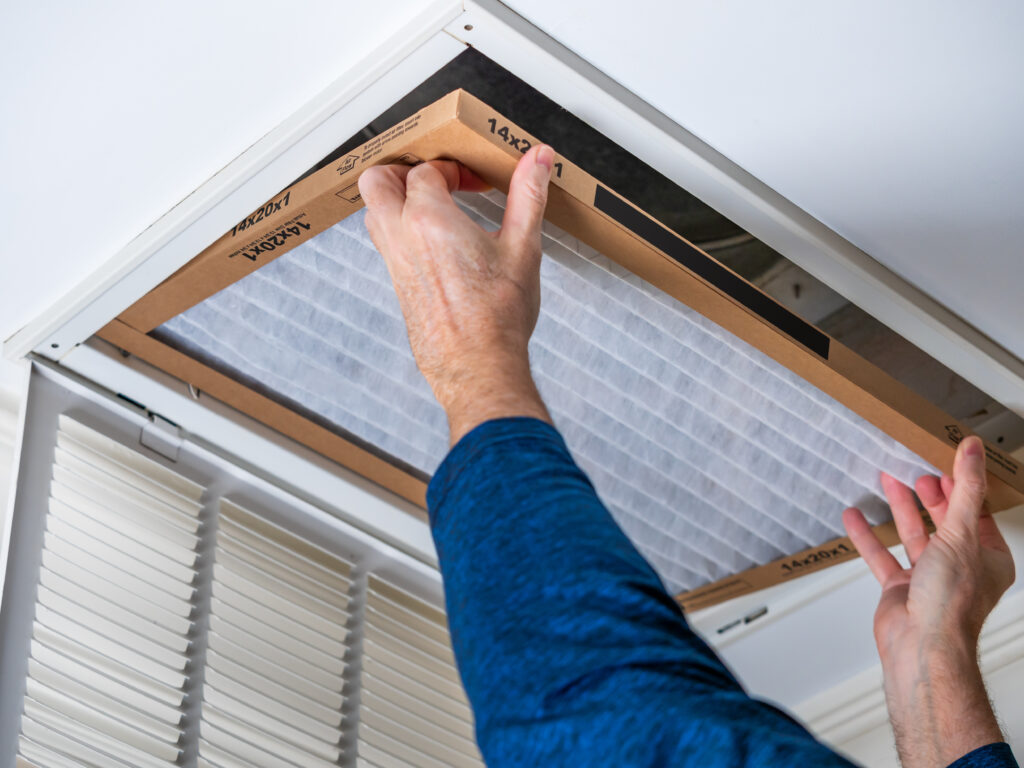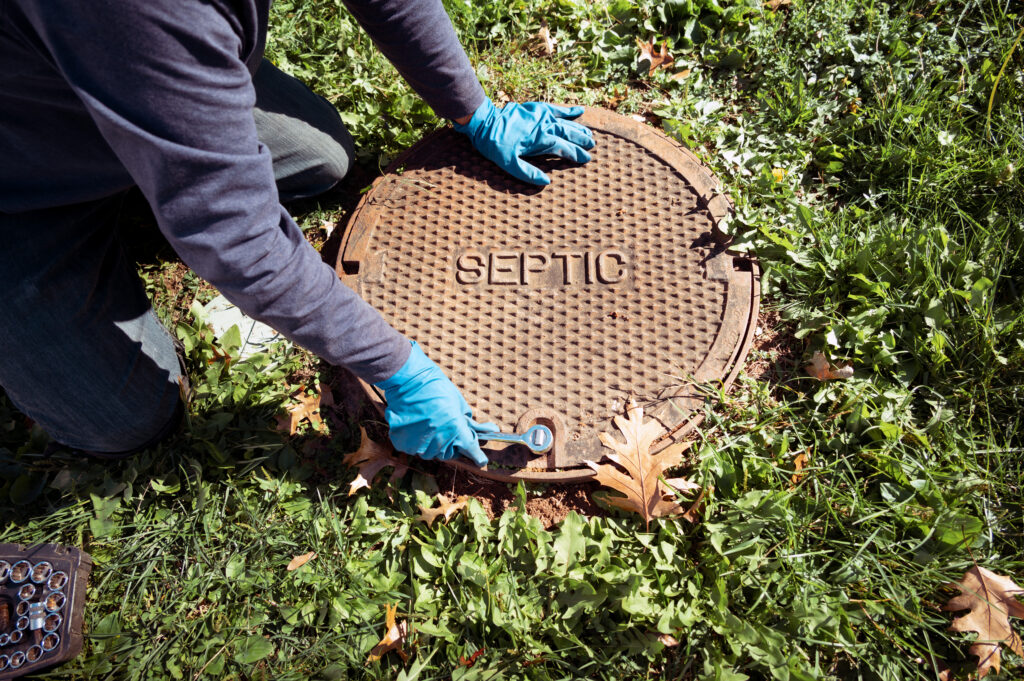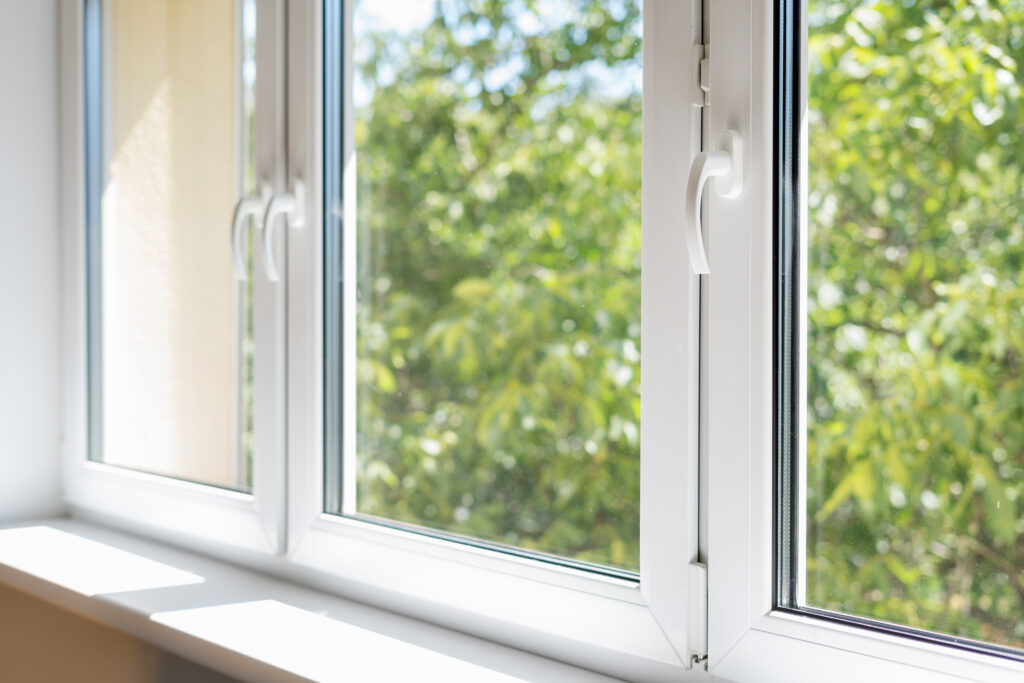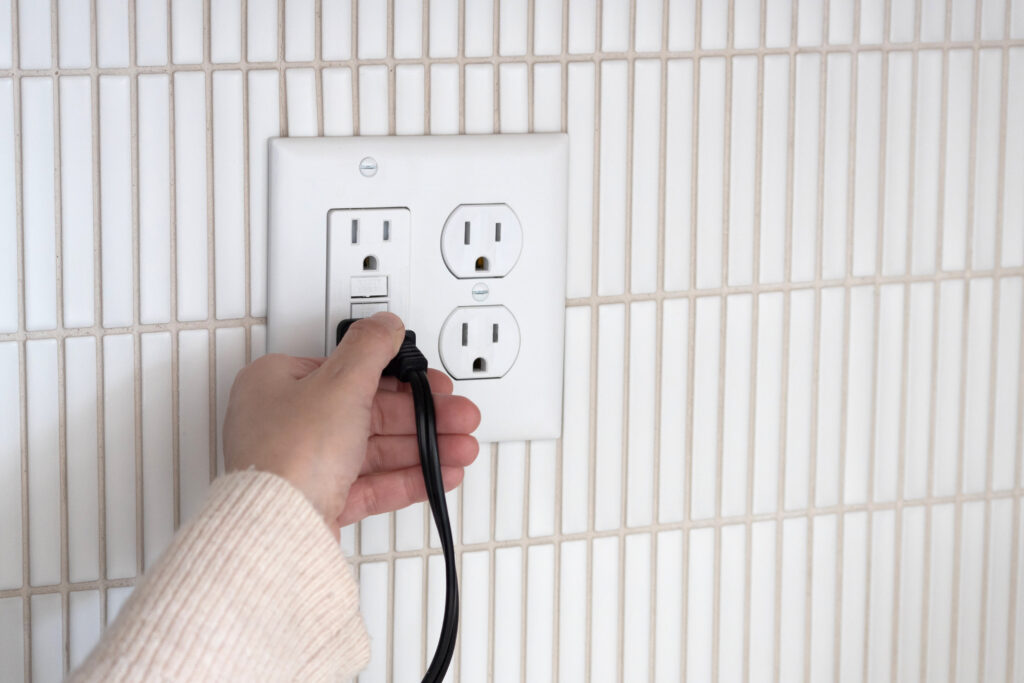Everything Homeowners Should Know About Air Ducts: How They Work and Why They Matter
Air ducts. You don’t see them, you rarely think about them, but they are absolutely crucial to how your home functions—especially when it comes to heating and cooling. Most of us flip the thermostat and expect everything to just work. But behind that comforting whoosh of air lies an unsung system that needs a bit of understanding and attention. Whether you’re settling into a new home or dealing with uneven temps from room to room, learning the basics of air ducts can help you make smarter decisions, save money, and sidestep major issues down the road. Let’s get into it.
What Are Air Ducts and How Do They Work?
Air ducts are essentially the circulatory system of your home’s HVAC setup. They distribute conditioned air—hot or cold, depending on the season—throughout your house using a network of tubes made from sheet metal, fiberglass, or flexible plastic. These ducts are usually hidden out of sight within your walls, floors, ceilings, or attic spaces. They connect to various vents and registers in your home, allowing climate-controlled air to be pushed into individual rooms from your central heating, ventilation, and air conditioning system.
Key Components of a Duct System
So here’s how it plays out: air gets heated or cooled by your HVAC unit. From there, it moves into the supply ducts that channel it throughout the house. As the air circulates and does its job, it eventually needs somewhere to go, which is where return ducts come in. They pull the used air back to the HVAC system for reconditioning. Filters along the way help clean the air (you are changing those regularly, right?). Alongside that, you’ve got dampers (which regulate air flow), plenum boxes (distribution points), and insulation to keep the whole system working efficiently.
The Advantages of a Well-Maintained Duct System
A properly installed and well-maintained duct system is… kind of a dream. It helps your home stay consistently comfortable year-round. No one likes the icebox bedroom and the sauna kitchen—good ducts prevent those scenarios. Efficient airflow also helps keep your energy bills manageable because your HVAC doesn’t have to work overtime. Cleaner air is another big win; quality ducts paired with functional air filters reduce dust, allergens, and other irritants in the air. Plus, if you ever sell your home, buyer inspections will absolutely scrutinize the ductwork, so maintenance now can save headaches later.
Common Problems Homeowners Face with Ducts
And then there are the “uh-oh” moments. Air ducts can develop leaks, become disconnected, or get clogged with dust and debris over time. Sometimes insulation breaks down and makes the entire system inefficient. Ever had one room that’s always way hotter or colder than the others? It’s likely a duct issue. Mold can even develop inside ducts if there’s too much humidity and not enough cleaning. Here’s the kicker—not all ductwork is installed correctly in the first place. Older homes, in particular, often come with ducting that was thrown in quickly or without much thought to long-term performance. All of these issues impact energy efficiency and indoor air quality.
How to Spot a Duct Problem Before It Gets Worse
This part is less glamorous but super practical. Pay attention to your energy bills—if they start creeping up without any noticeable lifestyle changes, your ducts might be sneaking extra work onto your HVAC system. If some rooms are always the wrong temperature or you hear rattling, whistling, or popping sounds when the system kicks in, that could indicate a leak or loose connection. Also—and sorry for being blunt—if your air starts to smell musty or dusty when the A/C or heat comes on, it’s time to take a peek inside.
Maintenance Tips for Healthier, More Efficient Air Ducts
First, change your filters regularly—around every 30 to 90 days, depending on the type you’re using and if you’ve got pets or allergies. Second, have your ducts inspected professionally every few years. A good inspection checks for leaks, debris, mold, and proper air flow. If you’re in an older home or just moved in, consider getting a full duct cleaning done sooner rather than later. And if you’re feeling fancy and the budget allows for it, upgrading to sealed, insulated ductwork can dramatically boost comfort and cut down on waste. Oh, and keep those vents clear—dust-blocked vents slow everything down and make your system struggle.
Why Your Home Warranty Should Include Ductwork Coverage
The simple truth is duct issues often show up out of nowhere and fixing them can cost more than expected. That’s where having a smart, comprehensive home warranty—and ideally, one through Armadillo—makes a ton of sense. While ductwork might not be the first system you think of when choosing a warranty, it definitely adds value to your plan. A sudden tear, disconnected joint, or airflow issue can seriously throw your whole HVAC off balance. You want coverage that understands the full picture—the system, the cause, and the fix. Armadillo offers a streamlined way to protect your home from expensive surprises, including the hidden ones, so you spend less time stressing about what might go wrong and more time enjoying that perfectly conditioned air.
Whether you’re already knee-deep in ducts or just learning the ropes of homeownership, adding a quality warranty for your duct system is something your future self will thank you for. You can start customizing your plan right now by visiting Armadillo’s coverage builder and taking the first step toward smart, hassle-free protection.


























